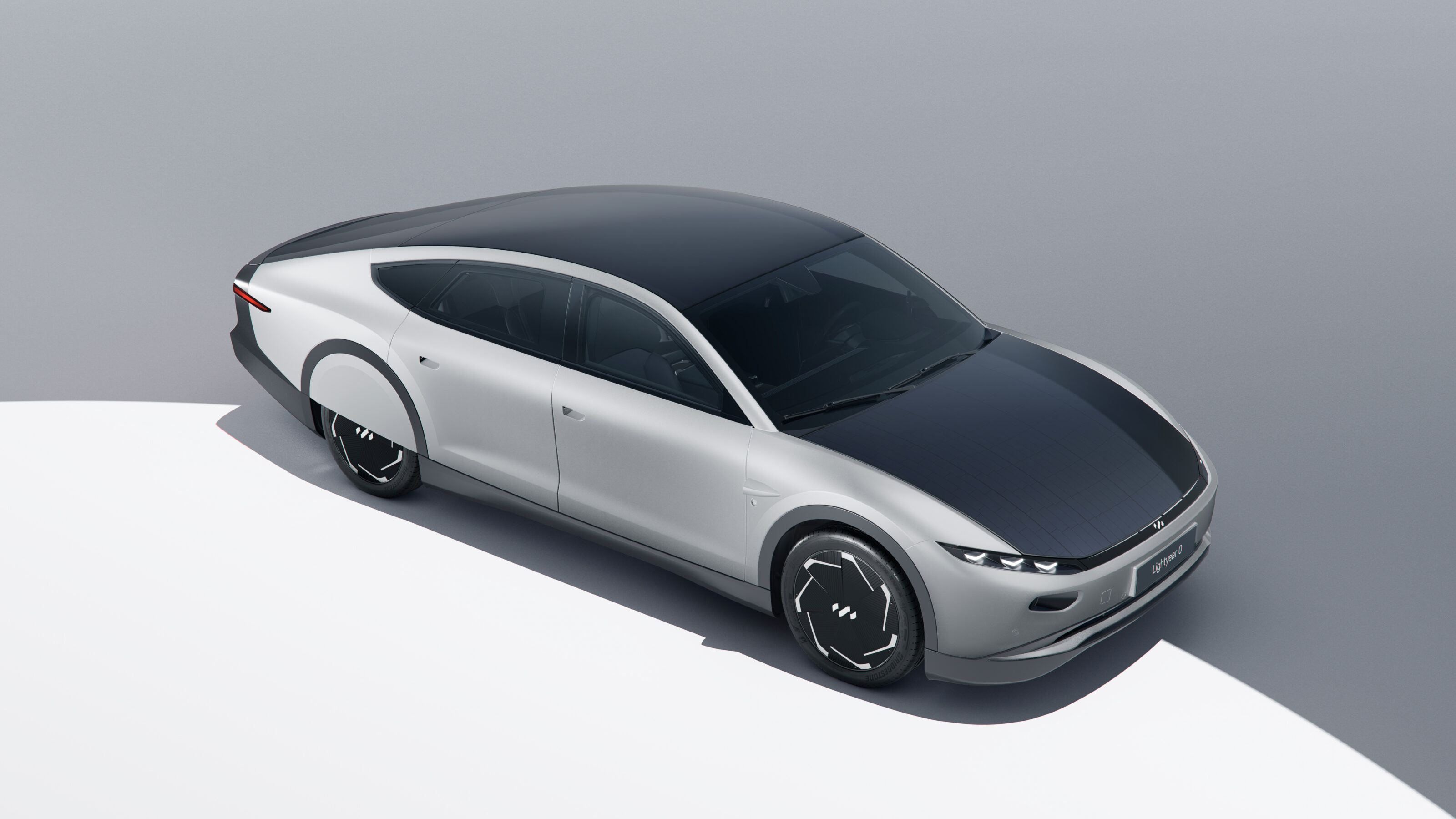UPDATE: Solar-powered car maker Lightyear files for bankruptcy
The operating company for solar-powered electric car maker Lightyear has been declared insolvent in the Netherlands.
It has placed doubt over the Lightyear solar car concept, which commenced production in late 2022, before it was paused just a few weeks later.
The subsidiary, Atlas Technologies, was responsible for the development and manufacturing of Lightyear’s solar-powered EVs.
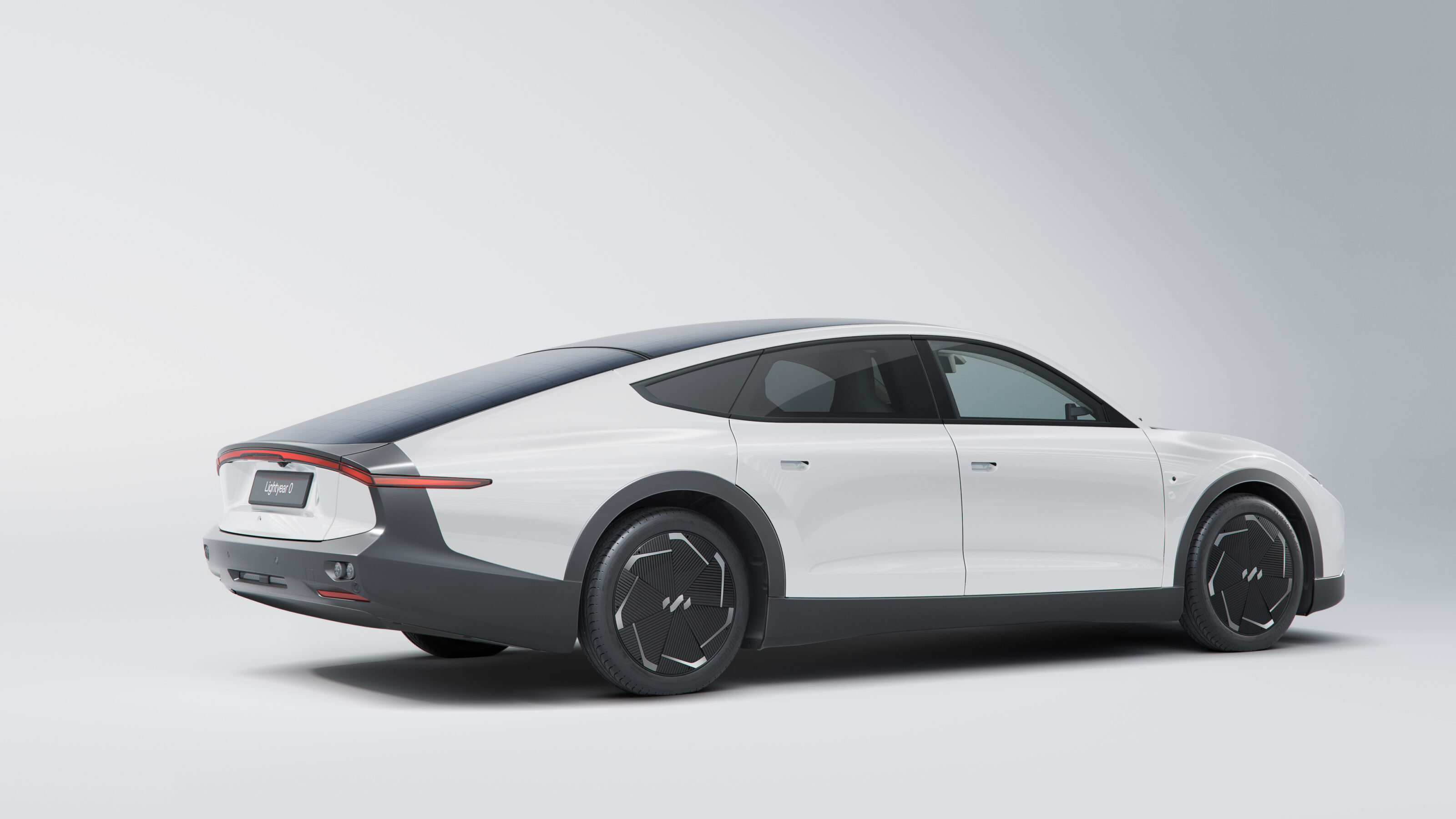
“Lightyear regrets having to make this announcement for all employees, customers, investors and suppliers and will work closely with the curator and all the people who are involved and hope for their understanding and support,” said the brand.
A few days ago, the brand announced it was suspending production of the Lightyear 0 – contracted to Valmet Automotive in Finland – to focus on the smaller and cheaper Lightyear 2.
NL Times said it is expected to result in around 600 job losses, with bankruptcy curator Reinoud van Oeijen stating the business could be restarted to focus on the Lightyear 2. It was expected to begin production in 2025.
The story to here
June 16, 2022: Lightyear 0 solar car revealed
Snapshot
- Solar-powered Lightyear 0 revealed
- Production-ready EV brings up to 70km of extra range per day
- Priced from u20ac250,000 (AU$372,450); more-affordable version coming
Lightyear has unveiled the 0, a new electric vehicle that harnesses the sun’s power.
Sharing no connection with Pixar or Buzz Lightyear, the solar-powered Lightyear 0 (zero) can be recharged with the sun.
The vehicle is an evolution of the Lightyear One prototype revealed in 2021, with changes to the lights and side profile.
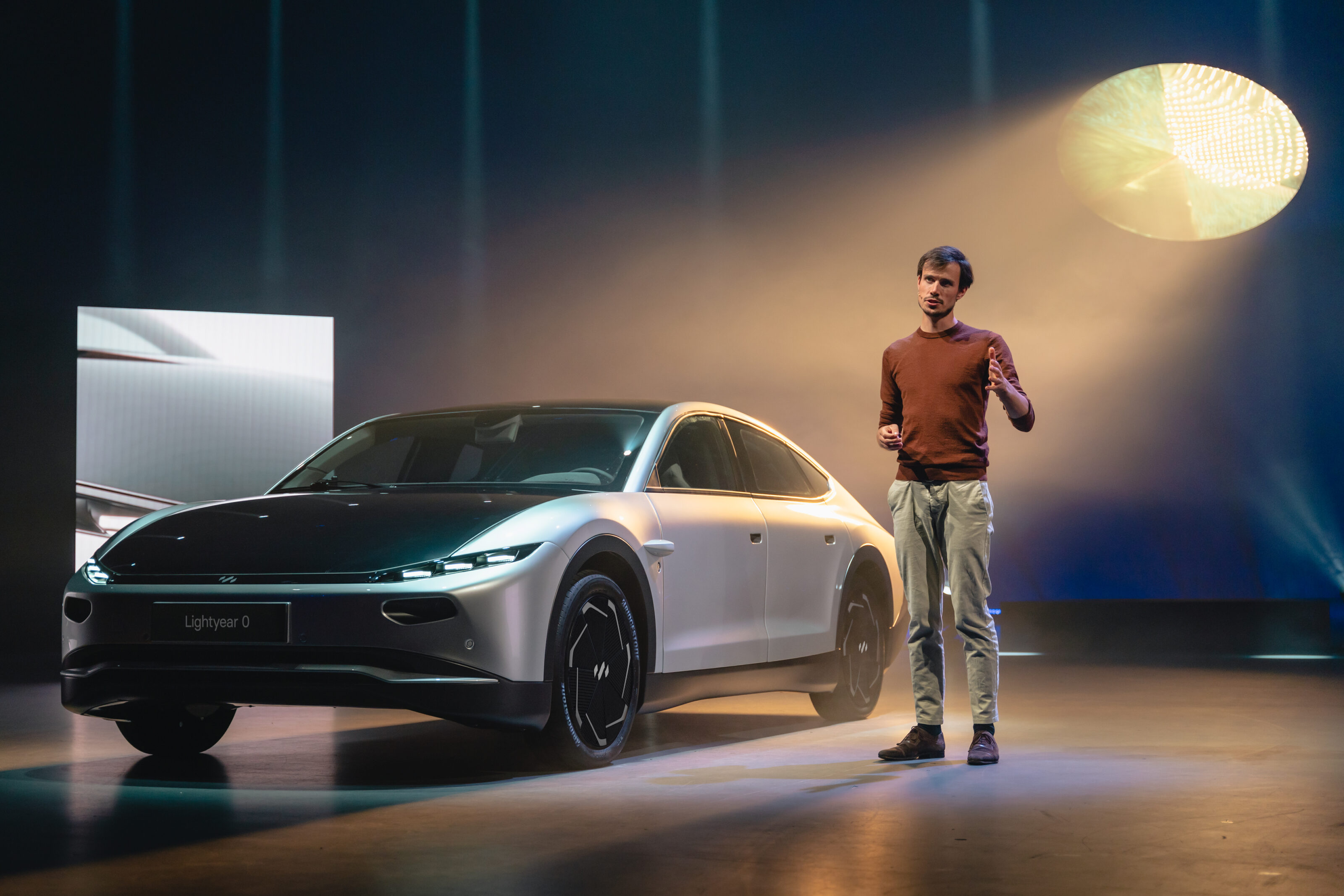
With five square metres of solar panels across its bonnet, roof and where the rear windscreen would generally sit, the Lightyear 0 can generate power while stationary and driving.
The Dutch-based company claims this can add up to 70 kilometres of driving range per day or 11,000km per year, in optimal weather conditions where the sky is clear.
Cloudier regions, such as the Netherlands, see this drop to around 20 kilometres of additional driving range per day.

Tipping the scales at 1575 kilograms, the Lightyear 0 utilises recycled carbon fibre body panels and a relatively small 60kWh battery pack.
It has a WLTP-rated driving range of 625 kilometres before using solar power.
The car has a <0.19 drag coefficient (Cd) and aerodynamic covers over its 19-inch alloy wheels, along with partial rear-wheel spats.
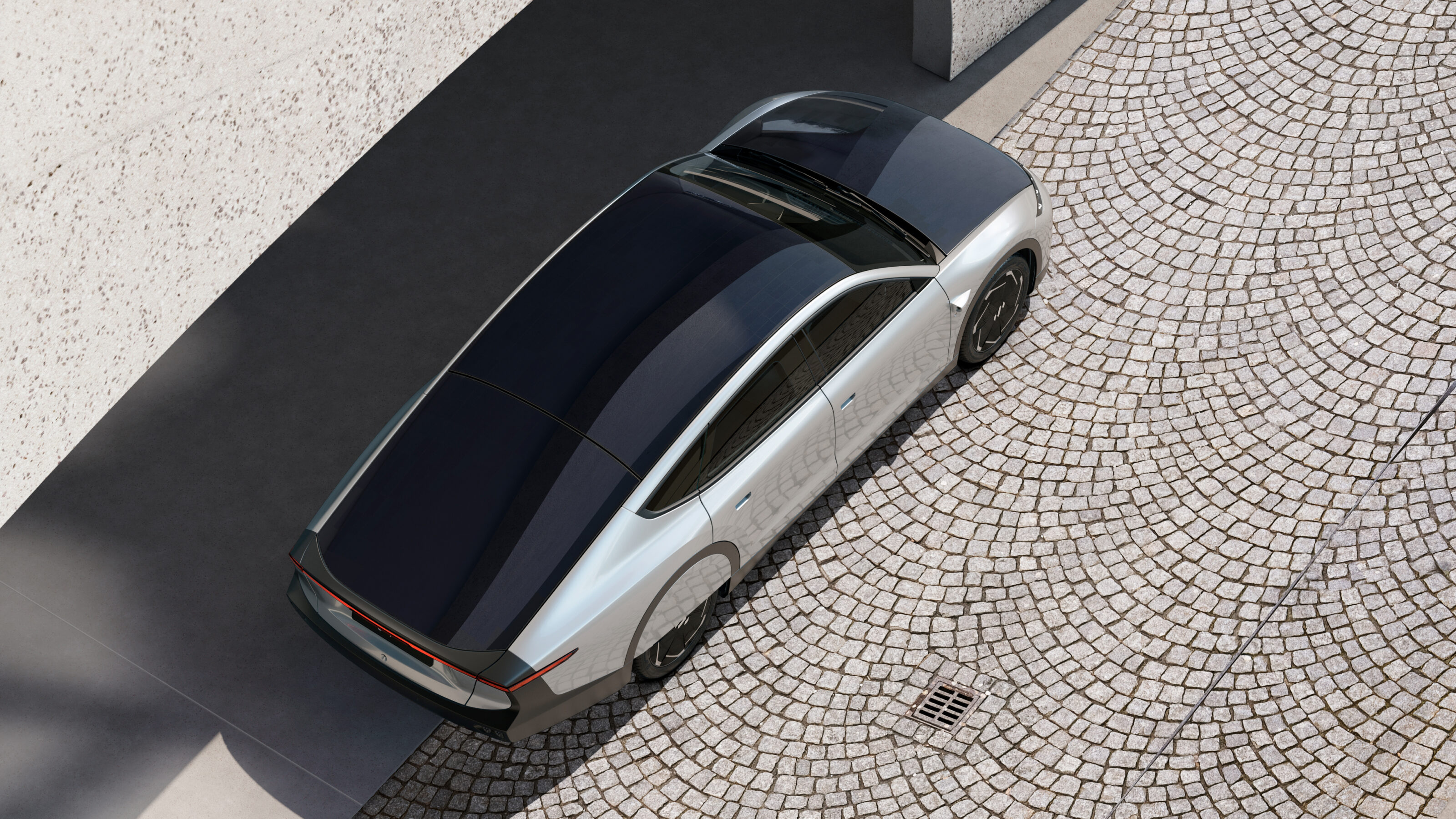
For reference, the most-economical Mercedes-Benz EQS has a 0.20 drag coefficient.
The Lightyear 0 can gain 300km of driving range overnight using a standard household outlet.
Meanwhile, a rapid fast charger brings 520km of driving range in one hour.
Despite featuring an independent electric motor on each wheel, the all-wheel-drive Lightyear 0 has a maximum power output of 130kW, allowing for a 10-second run to 100km/h. Its top speed is listed at 160km/h.
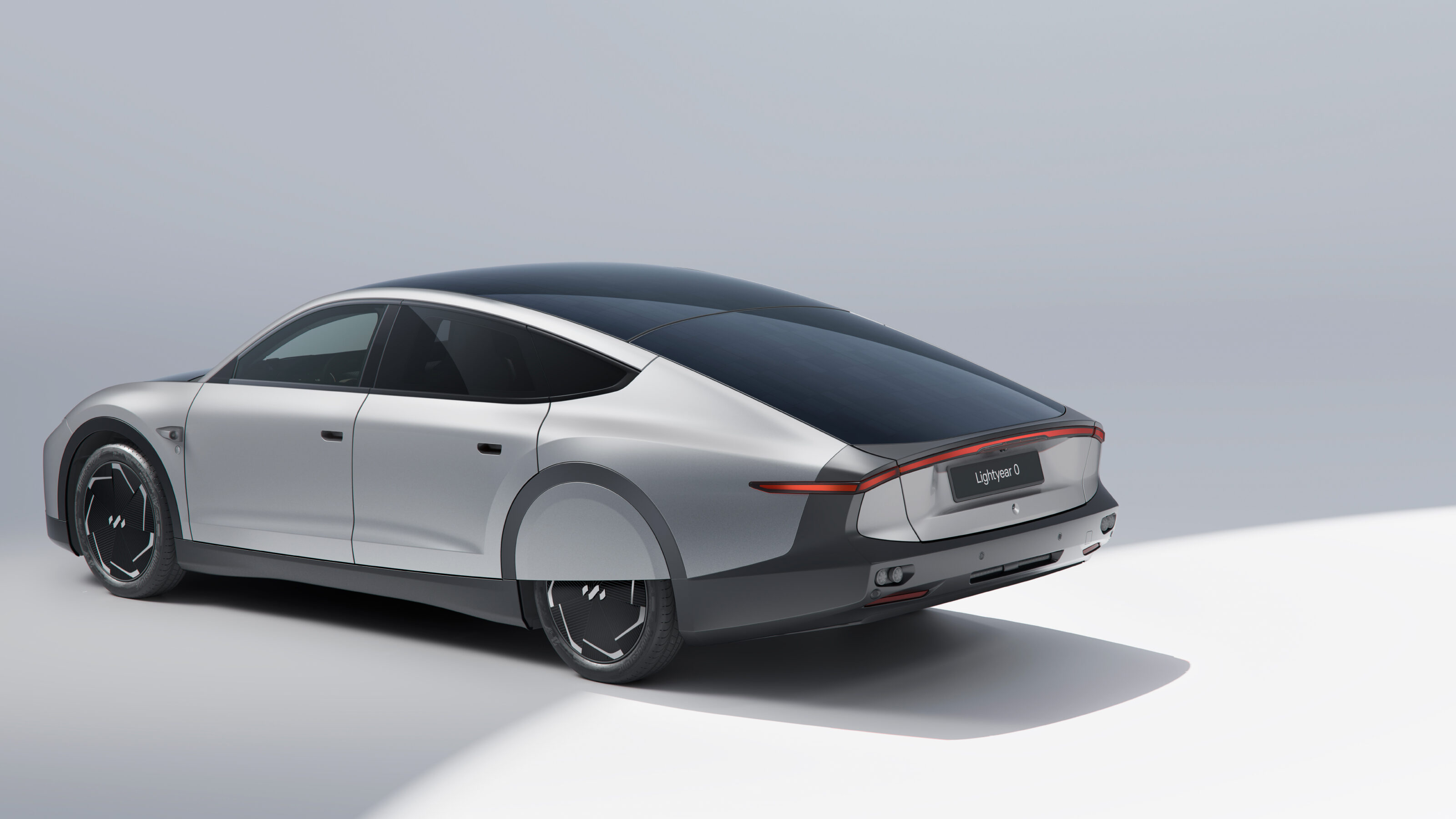
Inside, the vehicle features vegan-friendly upholstery and a 10.1-inch infotainment system running the Android Automotive operating system.
There is room for five passengers with a 610-litre boot capacity. It is currently unknown if the Lightyear 0 includes a front boot.
Lightyear co-founder and CEO Lex Hoefsloot said the vehicle achieves the brand’s “dream of building the most sustainable car on the planet.”
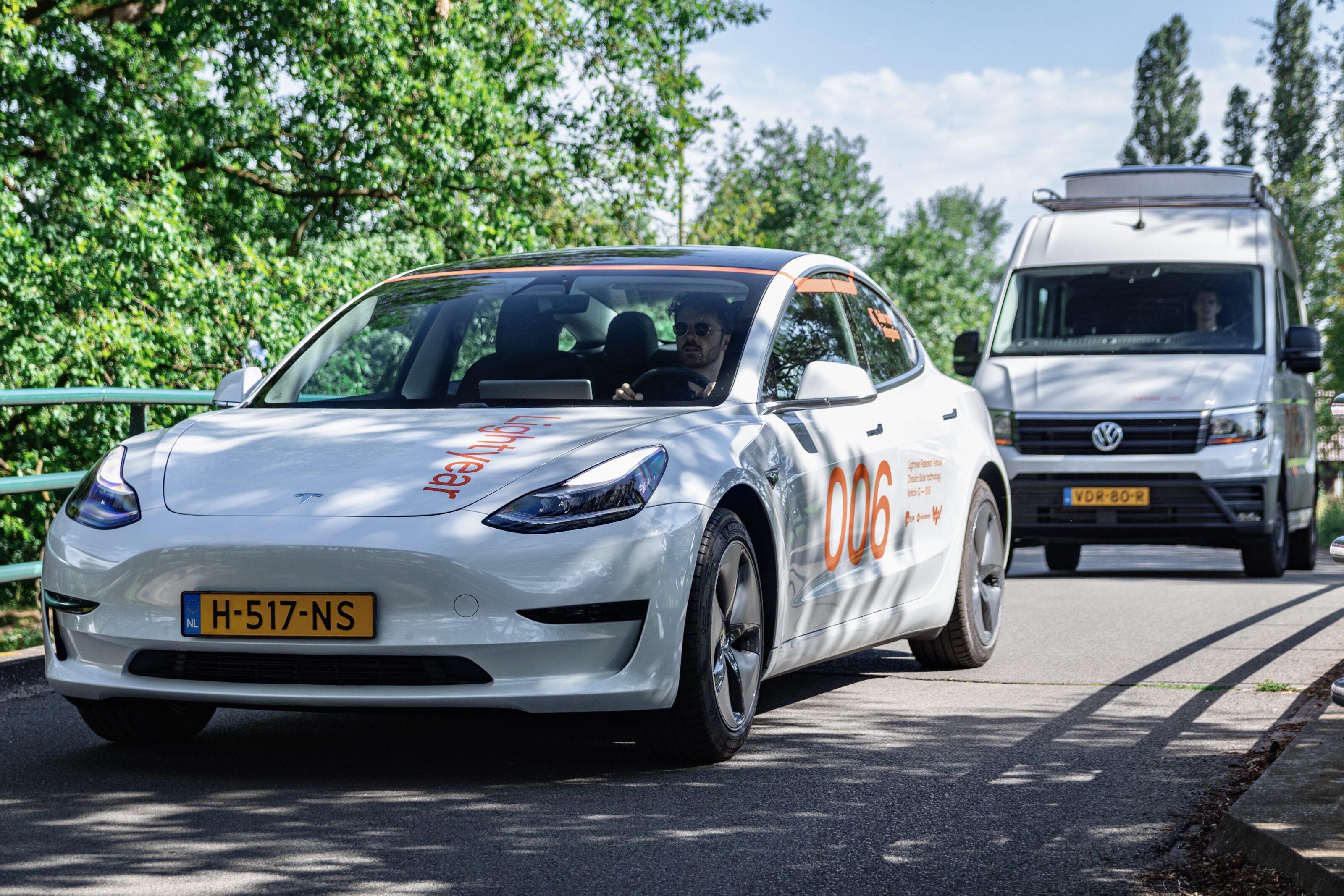
Research and development commenced in 2016, with prototypes hitting the road three years later.
Production is set to commence in November, with a maximum of 946 units.
It is priced from €250,000 (AU$372,450), with the brand claiming a more-affordable, mass-produced version – around €30,000 ($45,000) – will be assembled by 2025.
We recommend
-
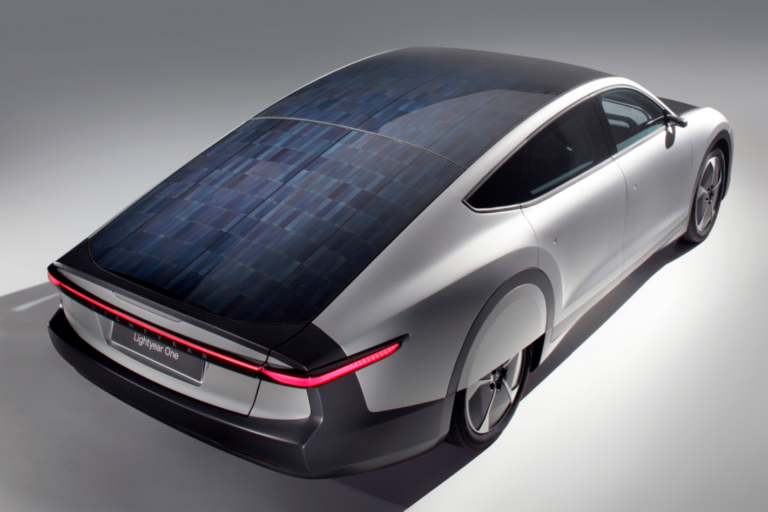 News
NewsLightyear One solar-powered EV claims 725km driving range
Dutch auto brand soaks up Vitamin D for a cleaner EV
-
 News
NewsTesla to be powered by printed solar panels for lap of Australia
Innovative low-cost solar panels are set to be the power source for a road trip around the country in an electric vehicle
-
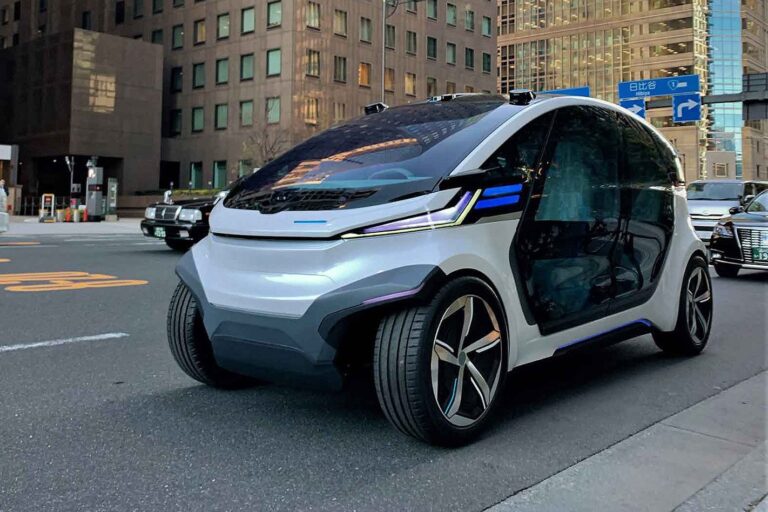 News
NewsAussie solar-powered EV a step closer to production
A local robotics firm has received a boost in its quest to produce a solar-powered autonomous electric vehicle


